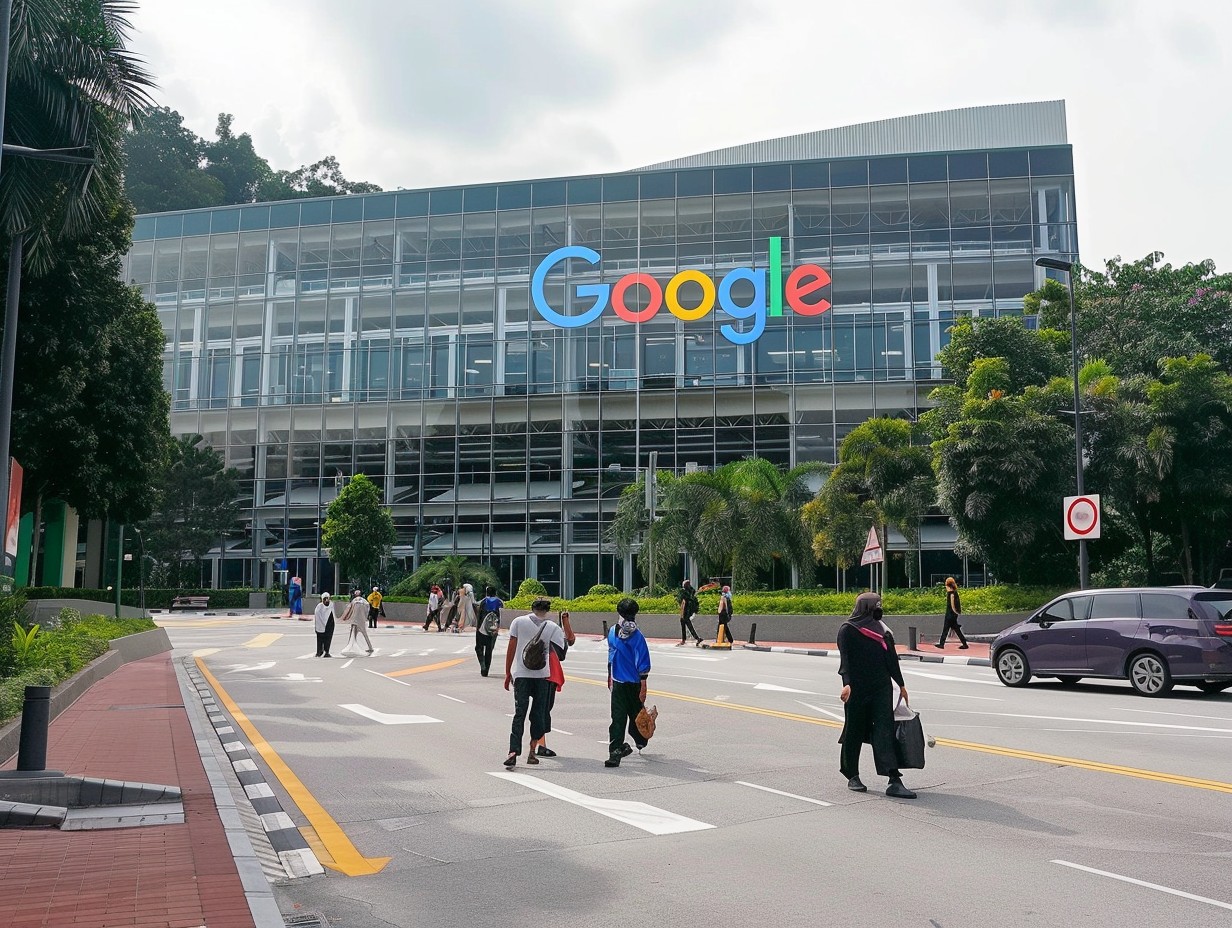In a bid to address the growing concerns surrounding the proliferation of advanced artificial intelligence (AI) technology, Prime Minister Rishi Sunak recently convened the inaugural AI Safety Summit at Bletchley Park. The event, attended by prominent figures from the tech industry and political sphere, aimed to foster collaborative efforts in understanding and mitigating potential risks associated with the rapid advancements in AI technology. However, the summit’s underlying implications and the subsequent announcement of the United States AI Safety Institute (USAISI) within the National Institute of Standards and Technology (NIST) by Vice President Kamala Harris have raised significant debates over the real motives behind the formation of such regulatory bodies.
AI safety institute’s key focus areas
Red Teaming: One of the focal points of the proposed AI Safety Institute involves the implementation of rigorous red teaming procedures. This strategy aims to proactively identify vulnerabilities within AI systems, especially in the context of language models like ChatGPT, to ensure they adhere to ethical standards and do not facilitate harmful or illegal activities. However, concerns have emerged regarding potential disadvantages for smaller companies, which may face increased competition and delays in product releases, ultimately favoring established industry giants.
AI Fairness: Addressing the issue of AI fairness, the Institute intends to enforce stringent testing protocols to ensure equitable representation within AI-generated outputs. However, critics argue that such measures could inadvertently steer smaller startups toward pre-curated data sets, thereby limiting their scope for innovation and favoring larger corporations with greater resources and influence.
AI Explainability and Interpretability: The institute also seeks to promote the development of AI models that can be easily comprehended and scrutinized by human observers. By enhancing the transparency of AI decision-making processes, the initiative aims to foster trust and confidence in AI technologies. However, some experts caution that this pursuit may pose significant challenges for smaller firms, potentially restricting their ability to invest in research and development in this complex area.
Amid the growing apprehensions surrounding the purported motives behind the establishment of AI regulatory bodies, questions have been raised about the potential influence of large corporations in shaping the regulatory landscape. Critics have highlighted concerns that such measures could potentially favor established tech giants, further entrenching their dominance in the industry. Moreover, the reluctance of industry leaders to embrace open-source AI models has underscored the contentious dynamics surrounding the regulation of AI technology.
Potential ramifications for the emerging AI industry
As the AI Safety Institute initiatives gain traction, the burgeoning AI industry faces the prospect of heightened regulatory scrutiny, potentially posing challenges for smaller startups and businesses. While the pursuit of ethical standards and safety protocols is crucial, the feasibility and impact of stringent regulations on the industry’s growth trajectory remain subjects of intense debate. With the burgeoning threat of regulatory barriers, the delicate balance between fostering innovation and ensuring ethical practices in AI development continues to be a matter of critical importance for the global tech community.
Amid the complex interplay of technological advancement and regulatory oversight, the future trajectory of the AI industry hinges on the collaborative efforts of stakeholders to strike a balance between innovation and ethical considerations. As policymakers and industry leaders navigate this intricate landscape, the need for comprehensive and inclusive dialogue remains paramount to foster a responsible and sustainable AI ecosystem.





